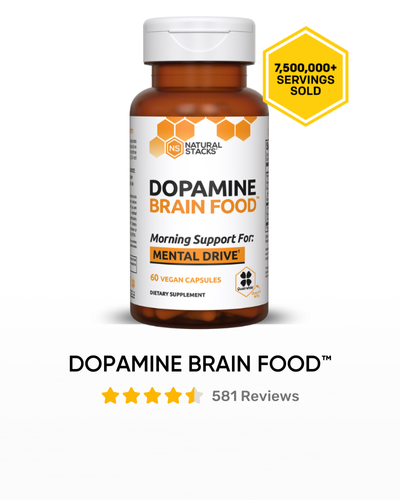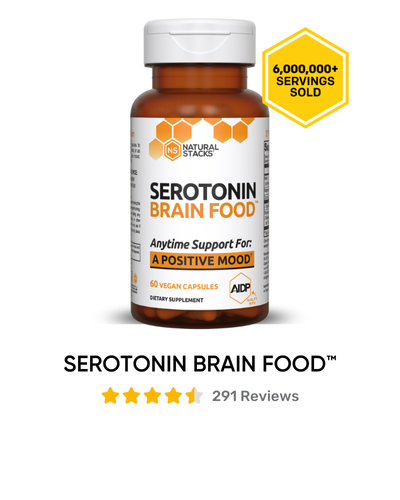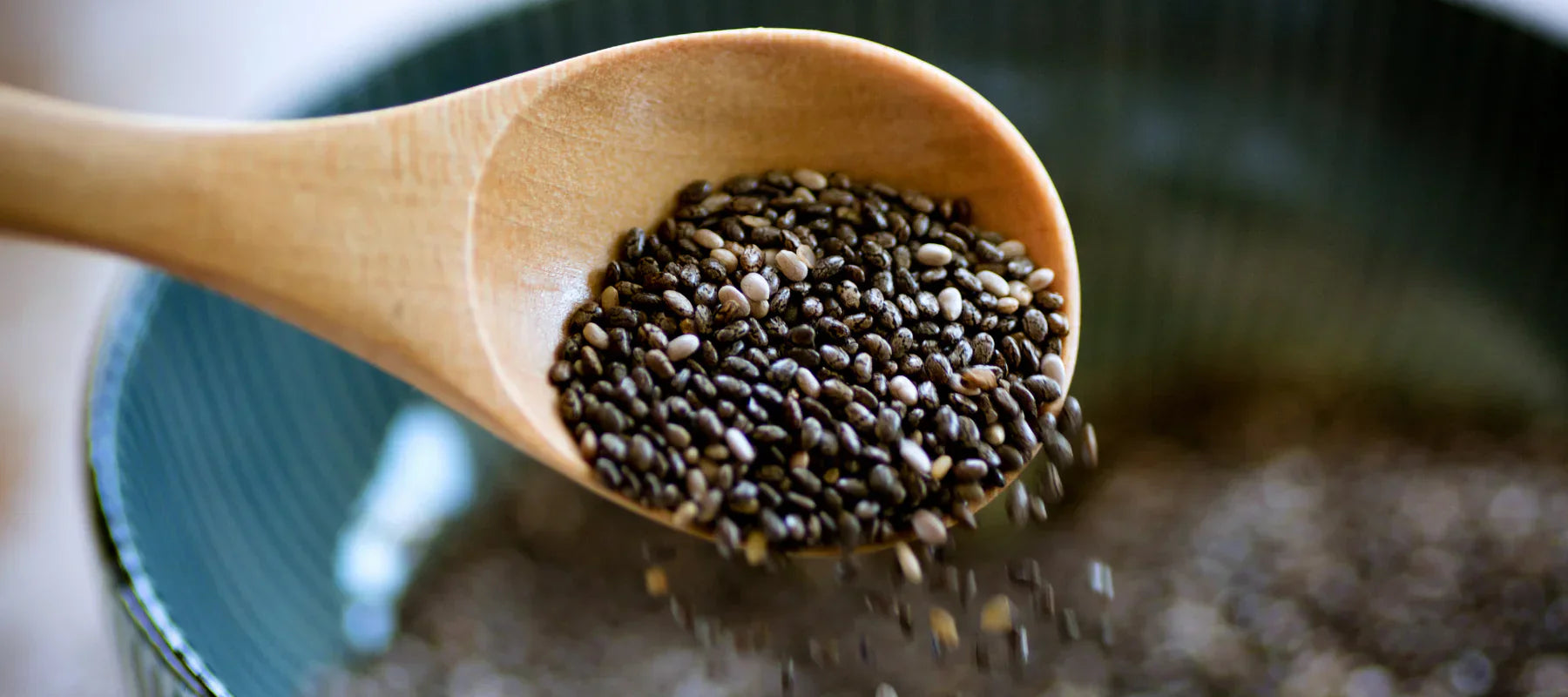PALEO VERSUS KETO: WHICH DIET IS BEST?


If you follow the latest diet trends, you’re likely familiar with popular low-carb eating plans like Paleo and Ketogenic (Keto) diets.
But despite everything we know about nutrition, many people still question the validity of such diets, wondering whether they’re healthy at all and if so, which one might be best suited for their unique lifestyle and health needs.
If you’re wondering about the differences between these two low-carb, high-fat eating plans, read on to learn more about where they overlap as well as how they stand apart.
**If you're brand new to low-carb diets, learn the ins and outs in The Beginner's Guide To Low Carb High Fat Diets
THE KETO DIET
The Keto diet was initially developed to control epileptic seizures in children. [1] It was only when its general health and weight loss benefits became apparent that it received mainstream interest.
The fundamental strategy is to move your body into a state of ketosis, which means that it will start burning calories from fat rather than carbohydrates. [2]
THE PALEO DIET
To understand the theory behind this diet, you need to cast your mind way back to the Paleolithic period. During this time in history, (which began over 2.5 million years ago), human beings were hunter-gatherers who primarily subsisted on fruit, nuts, and fish, eating red meat only when they were able to access it.
The Paleo eating plan rejects our modern diet filled with highly processed foods in favor of a whole-food, plant-based diet similar to what our ancestors likely followed. This diet excludes most grains and legumes, as well as dairy products.
Related: 5 Keto Mistakes You're Making Right Now
PALEO VERSUS KETO: SIMILARITIES
Both of these diets focus on whole foods while eliminating refined sugars. Other similarities include:
- Eliminating (most) grains and legumes
- Eliminating refined sugars
- Eating an abundance of healthy fats (e.g. nuts, seeds and avocados)
- Eating as many leafy greens as possible
- Eating low-starch vegetables
PALEO VERSUS KETO: DIFFERENCES
The Keto diet is well known for its rigorous and severe restriction of dietary carbohydrate. For instance, it recommends cutting out all fruits high in fructose. While the Keto diet is quite restrictive, many consider the Paleo diet as more of a lifestyle choice.
Here are some other key differences:
- The fundamental rationale behind the Keto diet is that it must be high fat, low carb, moderate-to-low protein. The Paleo diet, on the other hand, encourages you to eat unlimited amounts of fruit and vegetables.
- The Paleo diet allows for natural sweeteners such as raw honey, where the Keto diet eliminates all sugar.
- The Keto diet includes high-fat dairy products, where the Paleo diet restricts dairy in the interest of promoting better gut health. [3]
- The Keto diet revolves around the percentage of food groups you eat in relation to each other. For example, carbs should be kept to between 5 – 10%, fats to between 70 – 75%, and proteins to around 20 – 25%. The Paleo diet doesn’t require specific ratios.
WHICH IS BEST FOR WEIGHT LOSS?

Our bodies use carbohydrates for energy. And while some carbs – like fruits and vegetables – are obviously good for us, even in large quantities, the typical American diet that is laden with fatty and processed foods, tends to be too carbohydrate-heavy for our systems to burn off efficiently.
The point of the Keto diet is to put the body into a state of ketosis, whereby it’s forced to “learn” how to use fat instead of carbohydrates for energy. Since the typical result is dramatic weight loss, the Keto diet is often praised by those who have weight loss as their primary diet goal.
Following the Paleo diet can also result in weight loss, as you’ll be cutting out refined sugar, processed foods and grains. However, with the Paleo diet you’re not forcing your body to choose fat over carbs, which means that weight loss will likely be slower.
Related: The Ultimate Guide To Ketones and Ketosis
WHICH DIET IS BETTER FOR YOUR HEALTH?

In the US, medical disorders such as dementia, Alzheimer’s, type 2 diabetes, and Parkinson’s are on the rise. It is widely believed that diets high in sugar and highly processed foods are contributing to high rates of disease. Because diets like Keto and Paleo both focus on whole foods and eliminate refined carbohydrates, followers will likely experience improvements in their overall health based on this fact alone.
In addition, gluten sensitivity is a rising concern in many populations. While experts still don’t know exactly why this is so, it’s possible that the problem is linked to the fact that wheat is genetically different than it used to be. One theory is that we’re less capable of digesting these newer strains of wheat, which sometimes results in gut problems like Irritable Bowel Syndrome (IBS). [4] Thus, cutting out (most) grains as both the Keto and Paleo diets recommend has the potential to improve gut health.
When sugar and other carbs are reduced (or eliminated), people often find that their gut health improves. And since 70-80% of our immune systems are linked to our guts, this change can have a positive effect on overall well-being, so both of these diets can prove positive in this light. However, the Paleo diet eliminates most diary product, so those who have a hard time digesting dairy would be better off going Paleo. (5)
Related: 6 Quick and Healthy Treats With Few Ingredients
PALEO VERSUS KETO: WHICH ONE WINS?

It all depends on what your needs are and the type of lifestyle you have. Some may have difficulty following Keto because it’s very strict, and the high-fat element may be too much for those who prefer to eat lighter foods.
The Paleo diet has less stringent rules, so it’s a little bit easier to follow and prepare for. It also incorporates more fruit than the Keto diet, which may mean that it offers a greater range of vitamins and nutrients, as well as a better carbohydrate-to-protein balance.
Both of these diets require a serious commitment in order to be effective, and they also require that you give up foods you may enjoy. Both are good for weight loss (with the Keto diet definitely in the lead) and should result in improved health.
Since there’s so much conflicting health advice out there, your best option would be to decide on what your main diet goals are and choose a diet plan from there. If you value convenience over weight loss, for instance, you may want to go Paleo. But if you love high fat foods and are committed to losing weight quickly, the Keto plan might be a better choice.
And if you're accustomed to regular carb-fueled strength training, then a paleo diet may be the way to go, since adapting to a minimal carbohydrate diet often impedes physical training ability.
Whichever route you choose, it’s always a good idea to get familiar with some of the recipes and regular foods ahead of time, incorporating them into your regular diet before you completely commit to a new eating plan. That way you can experiment with which types of foods and eating styles you prefer.
Enjoy the article? Here's another article where we put fish collagen and beef collagen head-to-head to see which is the better choice.










